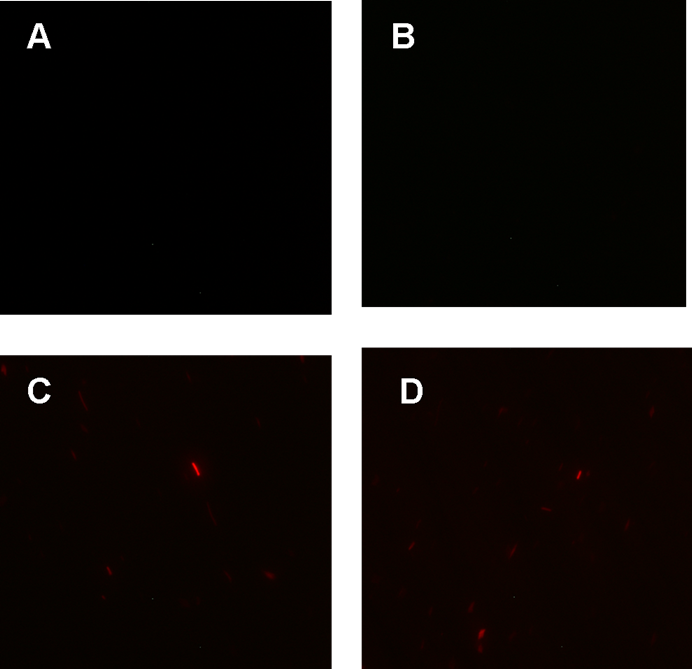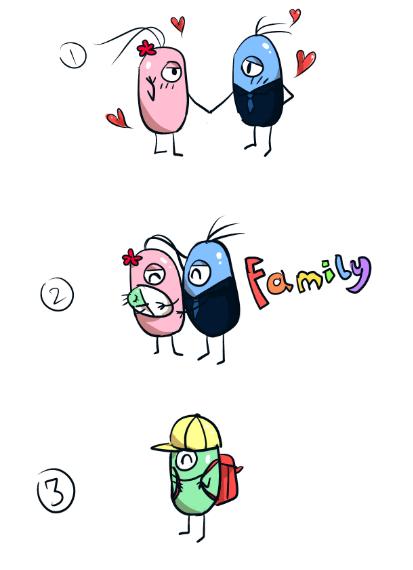Team:SCU China
From 2013.igem.org
(Difference between revisions)
Hutianqiao (Talk | contribs) |
Zhangbingbio (Talk | contribs) |
||
| (44 intermediate revisions not shown) | |||
| Line 1: | Line 1: | ||
{{SCU-head}} | {{SCU-head}} | ||
| + | <html> | ||
| + | <body> | ||
| + | <div id="SCU"> | ||
| + | <ul style="font-family:Times New Roman;;"> | ||
| + | <!-- CSS Tabs --> | ||
| + | <li><a class="this" href="https://2013.igem.org/Team:SCU_China"><span style="width:90px; text-align: center;font-size: small;">Home</span></a></li> | ||
| + | <li><a href="https://2013.igem.org/Team:SCU_China/Team"><span style="width:90px;text-align: center;font-size: small;">Team</span></a></li> | ||
| + | <li><a href="https://2013.igem.org/Team:SCU_China/Project"><span style="width:90px;text-align: center;font-size: small;">Project</span></a></li> | ||
| + | <li><a href="https://2013.igem.org/Team:SCU_China/Modeling"><span style="width:100px;text-align: center;font-size: small;">Modeling</span></a></li> | ||
| + | <li><a href="https://2013.igem.org/Team:SCU_China/Parts"><span style="width:100px;text-align: center;font-size: small;">Parts</span></a></li> | ||
| + | <li><a href="https://2013.igem.org/Team:SCU_China/Safety"><span style="width:100px;text-align: center;font-size: small;">Safety</span></a></li> | ||
| + | <li><a href="https://2013.igem.org/Team:SCU_China/Notebook"><span style="width:100px;text-align: center;font-size: small;">Notebook</span></a></li> | ||
| + | <li><a href="https://2013.igem.org/Team:SCU_China/Attributions"><span style="width:100px;text-align: center;font-size: small;">Attributions</span></a></li> | ||
| + | <li><a href="https://2013.igem.org/Main_Page"><span style="width:100px;text-align: center;font-size: small;">iGEM 2013</span></a></li> | ||
| - | + | ||
| - | + | ||
| - | {| style="text-align: justify; width: 800px" border=" | + | </ul> |
| + | </div> | ||
| + | |||
| + | </body></html> | ||
| + | |||
| + | | ||
| + | |||
| + | |||
| + | {| style="text-align:justify; text-justify:inter-ideograph;" width: 800px" border="0px" cellspacing="1" cellpadding="20" align="center" | ||
|- | |- | ||
| | | | ||
| - | {| style=" width: 800px" border="0" cellspacing="0" align="center" | + | {| style=" width: 800px; background:none" border="0" cellspacing="0" align="center" |
|- | |- | ||
| | | | ||
| Line 13: | Line 35: | ||
Synthetic multicellular system has always been one of the most interesting parts of syn-bio.In the fundamental researches, especially the imitations of the whole developing procedure from a single cell to a self-organized multicellular system, many pervious iGEM teams have made plenty of explorations. | Synthetic multicellular system has always been one of the most interesting parts of syn-bio.In the fundamental researches, especially the imitations of the whole developing procedure from a single cell to a self-organized multicellular system, many pervious iGEM teams have made plenty of explorations. | ||
| - | However, there haven’t been comprehensive study into the imitations of sex differentiation, gametogenesis, and sexual reproduction | + | However, there haven’t been comprehensive study into the imitations of sex differentiation, gametogenesis, and sexual reproduction. |
| + | <span style="color: #ff0000;font-weight:bold;float:left">In our project,we intend to construct two groups of differentiated E.coli,one imitates the male multicellular organism ,the other for the female(called G<sup>+</sup> cells and G<sup>-</sup> cells respectively).</span> | ||
| + | *When cultured separately, the male/female multicellular system gets bigger and matures, and cells will differentiate into gametes,which cannot divide any more but are capable of gene transfer. | ||
| + | |||
| + | *After that, you mix this two liquid cultures,the male gametes will recognize the female cells and begin to transfer modified F plasmids into female gametes through sex pili. The conjugation makes female gametes return to the state of un-differentiation(called G cells),which means they can divide again but are not sexually determined. | ||
| + | |||
| + | *Then,after several cell divisions,one G cell will differentiate into a G<sup>+</sup> or G<sup>-</sup>,which, like zygote , can grow into next generation of the multicellular system maybe containing genes from both male and female gametes. | ||
| | | | ||
| - | {|style="width: 350px" border="0" cellspacing=" | + | {|style="width: 350px; background:none;height:300px" border="0" cellspacing="20" align="center" |
|- | |- | ||
| - | |[[ | + | |[[Image:SCU-r4.png|300px]] |
| + | |} | ||
| + | {|style="width: 350px; background:none" border="0" cellspacing="20" align="center" | ||
|- | |- | ||
| - | |[[ | + | |[[Image:SCU-cartoon.JPG|300px]] |
|} | |} | ||
|} | |} | ||
| - | + | __NOEDITSECTION__ | |
| - | | | + | __NOTOC__ |
| + | <center>[[file:SCU-spon.JPG|800px]]</center> | ||
Latest revision as of 15:52, 13 October 2013

 "
"


